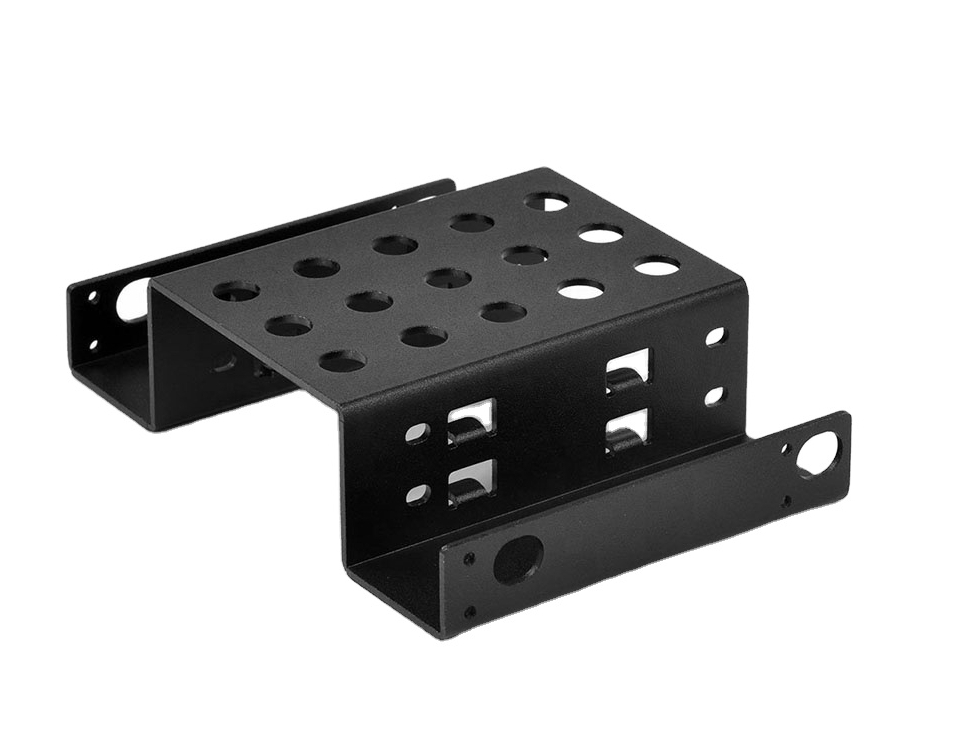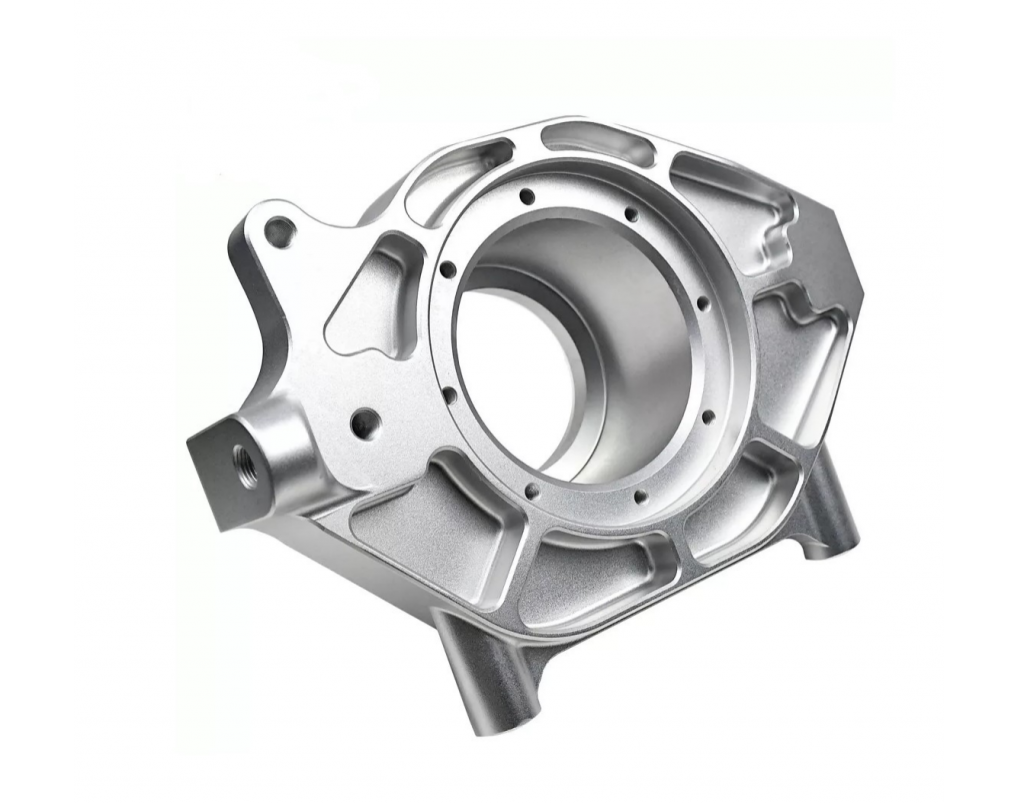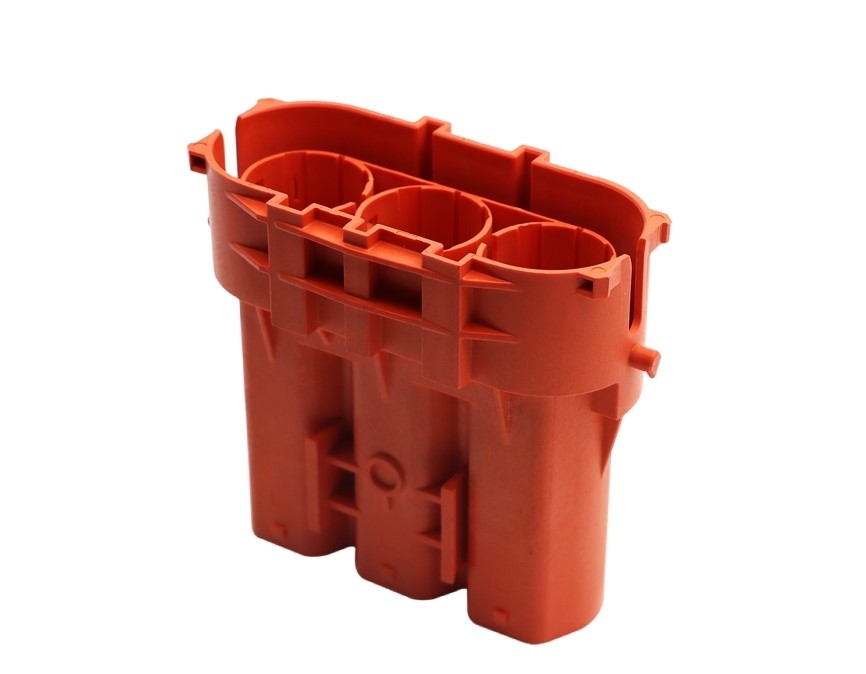
Robotics
Naxtry's expertise in CNC machining, sheet metal fabrication, and injection molding spans across various industries, including aerospace, automotive, industrial, electronics, medical, and robotics.
> 3-Day Lightning Delivery
> North America’s Top 10 One-stop Solutions
> 75+ Choices of Materials
Robotics
Naxtry provides CNC machining, sheet metal fabrication, and injection molding services for the robotics industry. These services are used to create various parts for robots, such as frames, joints, gears, and housings.
CNC Machining in robotics
CNC machining plays a critical role in the robotics industry as it allows for the creation of complex and precise components that are necessary for the functionality and performance of robotic systems. CNC machines can manufacture parts with high accuracy and repeatability, ensuring that each part is identical and meets the required specifications. This makes CNC machining an ideal manufacturing method for the production of robotic parts such as gears, bearings, and housings. CNC machining also allows for the creation of custom parts for prototyping and testing of new designs before mass production. With the growing demand for robotics in various industries, CNC machining has become an essential part of the manufacturing process.
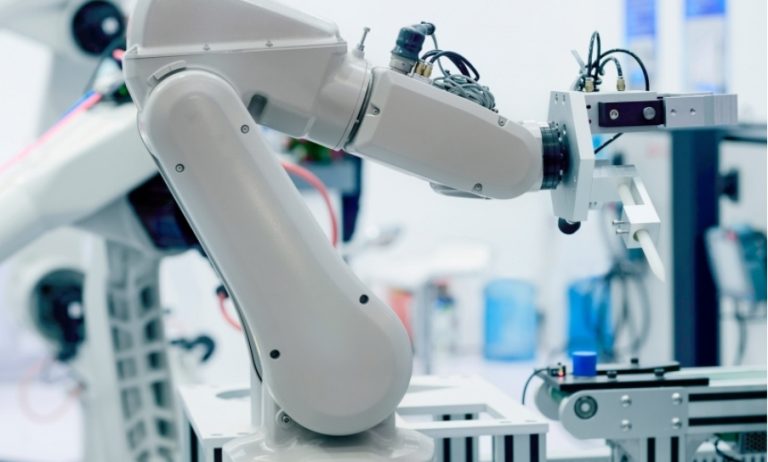
Advantages of CNC Machining in Robotics
CNC machining offers numerous advantages in the production of parts for robotics. Some of the key advantages include:
High precision: CNC machining can produce parts with tight tolerances and high accuracy, ensuring that parts fit together correctly and perform their intended function.
Versatility: CNC machines can work with a wide range of materials, including metals, plastics, and composites, allowing for the creation of complex parts with diverse characteristics.
Consistency: CNC machines can produce parts with a high level of consistency, ensuring that each part meets the same specifications and quality standards.
Speed: CNC machining can produce parts quickly and efficiently, allowing for faster turnaround times and shorter lead times for production runs.
Design flexibility: CNC machining allows for the production of parts with complex geometries and unique shapes, enabling designers to create innovative and optimized components for robotics applications.
Reduced waste: CNC machining produces less waste than traditional manufacturing methods, as it is a subtractive process that removes material only where needed.
Cost-effectiveness: CNC machining can be a cost-effective solution for the production of small to medium-sized runs of parts, as it eliminates the need for expensive tooling and setup costs.
Overall, CNC machining is a versatile and effective method for the production of parts for robotics, offering high precision, consistency, and design flexibility while reducing waste and costs.
Sheet Metal Fabrication in Robotics
Sheet metal fabrication is a crucial process in the robotics industry as it enables the creation of precise and complex shapes required for various robot components. Sheet metal is used in robotics for creating parts such as chassis, brackets, panels, and enclosures. These parts need to be lightweight, durable, and able to withstand harsh environments. Sheet metal fabrication provides the necessary properties for such applications, making it an essential process in the robotics industry.
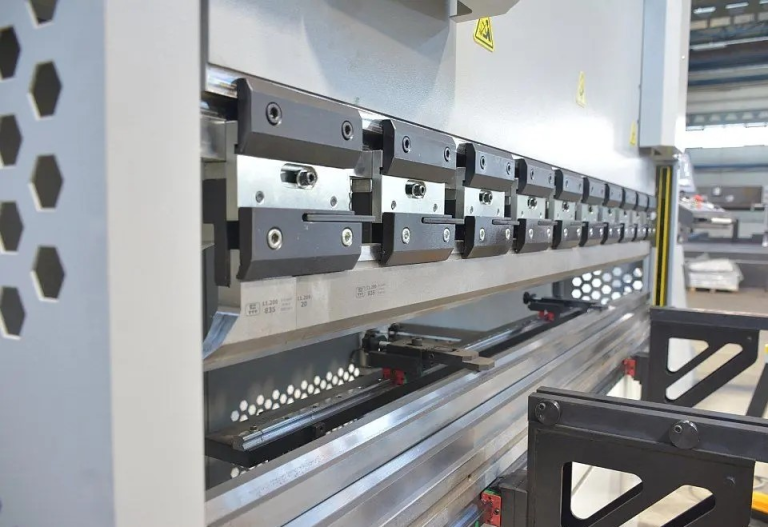
Advantages of Sheet Metal Fabrication in Robotics
Sheet metal fabrication offers several advantages in the robotics industry. One of the primary benefits is the ability to create complex shapes and designs with high precision and accuracy. This is important in robotics, where components need to fit together perfectly for the robot to function correctly. Sheet metal fabrication can also be done quickly and efficiently, making it ideal for producing large quantities of parts.
Another advantage of sheet metal fabrication in robotics is its durability. Sheet metal is strong and can withstand harsh environments, such as those found in manufacturing plants or outdoor settings. This makes it a reliable option for creating robot components that can withstand wear and tear over time.
Sheet metal fabrication is also a cost-effective option for producing robot components. With advances in technology, sheet metal can be cut, formed, and finished more efficiently than ever before, reducing production costs. Additionally, sheet metal is recyclable, making it an environmentally-friendly option for manufacturers.
Finally, sheet metal fabrication allows for customization and flexibility in design. Manufacturers can create unique shapes and sizes of robot components, tailor-made to fit the specific needs of the robot. This means that robots can be designed to perform a wide range of tasks, from industrial manufacturing to household chores, using sheet metal components that have been designed and fabricated with precision and accuracy.
Injection Molding in Robotics
Injection molding in robotics is a manufacturing process that involves injecting molten material into a mold cavity to create a desired shape. This process is commonly used in the production of robot components such as gears, wheels, and housings.
The advantages of injection molding in robotics include high production speed, precision and accuracy in creating complex shapes and intricate designs, consistency in the quality of the finished products, and the ability to use a variety of materials including plastics, metals, and composites. Injection molding also allows for the creation of lightweight and durable parts with excellent mechanical properties, which are essential in the design and construction of robots. In addition, injection molding is a cost-effective process that can help to reduce production time and costs, which is particularly important in the robotics industry where efficient production is critical.
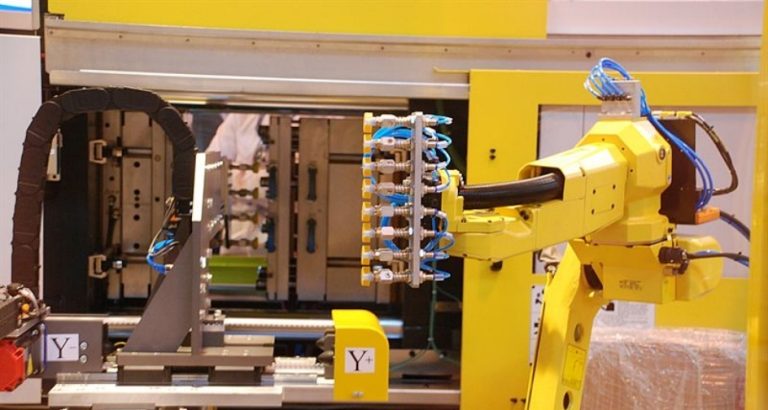
Advantages of Injection Molding in Robotics
Injection molding is a manufacturing process that is used to create complex and intricate parts with high precision and accuracy. This process is widely used in the robotics industry to produce various components, such as gears, connectors, housings, and other small parts. Injection molding provides several advantages for the robotics industry.
One of the main advantages of injection molding in robotics is the ability to produce high-quality parts with consistent dimensions and tolerances. This ensures that the parts fit together properly and work as intended, which is essential in robotics where precision and accuracy are crucial.
Injection molding also allows for the creation of complex geometries, which is ideal for the robotics industry where parts often need to be customized and designed to fit specific applications. This means that injection molding can produce parts with intricate features and shapes that would be difficult or impossible to achieve with other manufacturing methods.
Another advantage of injection molding is the ability to produce large quantities of parts quickly and efficiently. This is essential in the robotics industry, where the demand for parts can be high and turnaround times need to be fast.
Finally, injection molding can be a cost-effective manufacturing process for the robotics industry. While the initial setup costs can be high, the ability to produce large quantities of parts quickly and with consistent quality can help to offset these costs over time.
Overall, injection molding provides several advantages for the robotics industry, including precision, customization, speed, and cost-effectiveness.
Our Manufacturing Services
Naxtry’s factory offers a one-stop solution for CNC machining, sheet metal fabrication, and injection molding services, providing high-quality products to various industries.
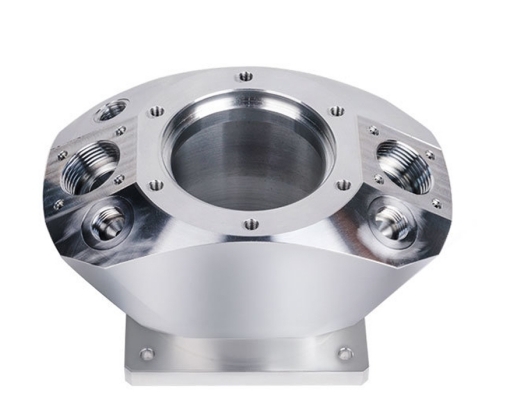
Sheet Metal Fabrication
